 Blogs
Blogs
Two of the scientific experts from KCAS Bio have been leaders in determining the direction of qPCR and ddPCR technology for the industry. Carrie Vyhlidal, PhD and Jonathan Mercier are both part of the American Association of Pharmaceutical Scientists’ working group for PCR-based methodology, and they have recently…
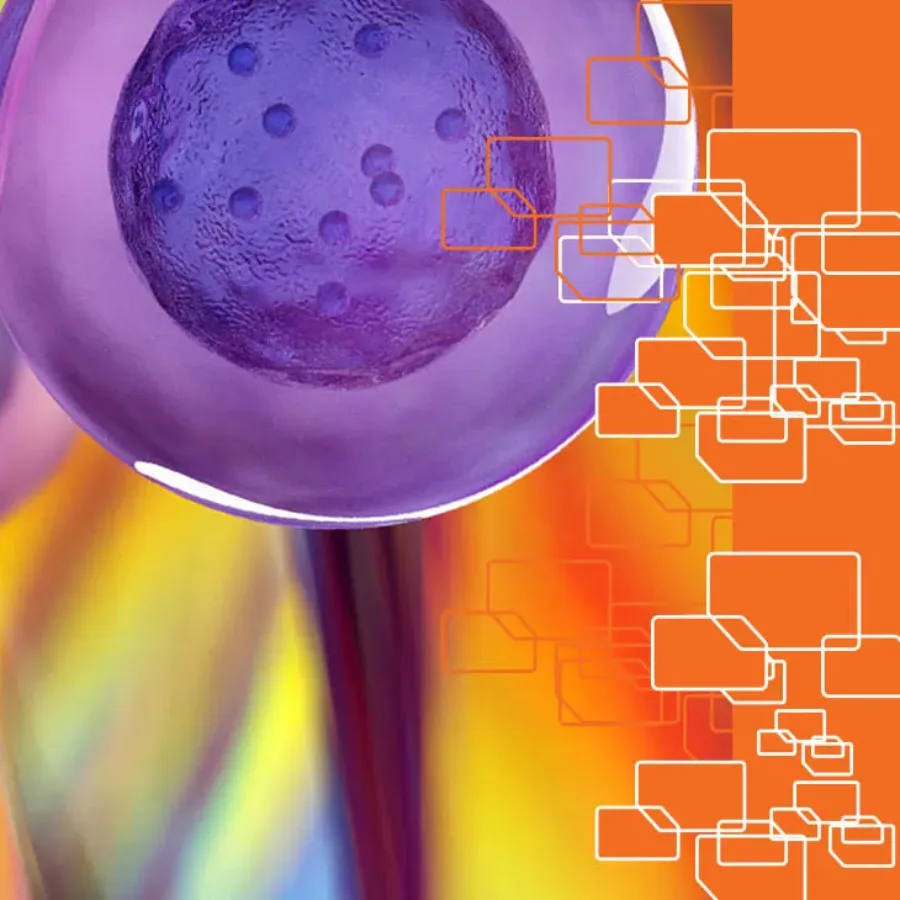 Blogs
Blogs
Flow cytometry is a highly sophisticated laboratory technique. Scientists use this procedure to analyze and quantify certain physical and chemical characteristics of cells or particles. In recent years, the prominence of flow cytometry has grown significantly, and understanding why is pivotal. The recognition of the technique’s importance, especially in the…
 Blogs
Blogs
Flow cytometry is an extremely valuable tool that has become an indispensable part of modern drug development. This is especially the case in the realm of bioanalytical and biomarker services. However, as is the case with any useful tool, it’s critical to wield flow cytometry skillfully. The accuracy and reliability…
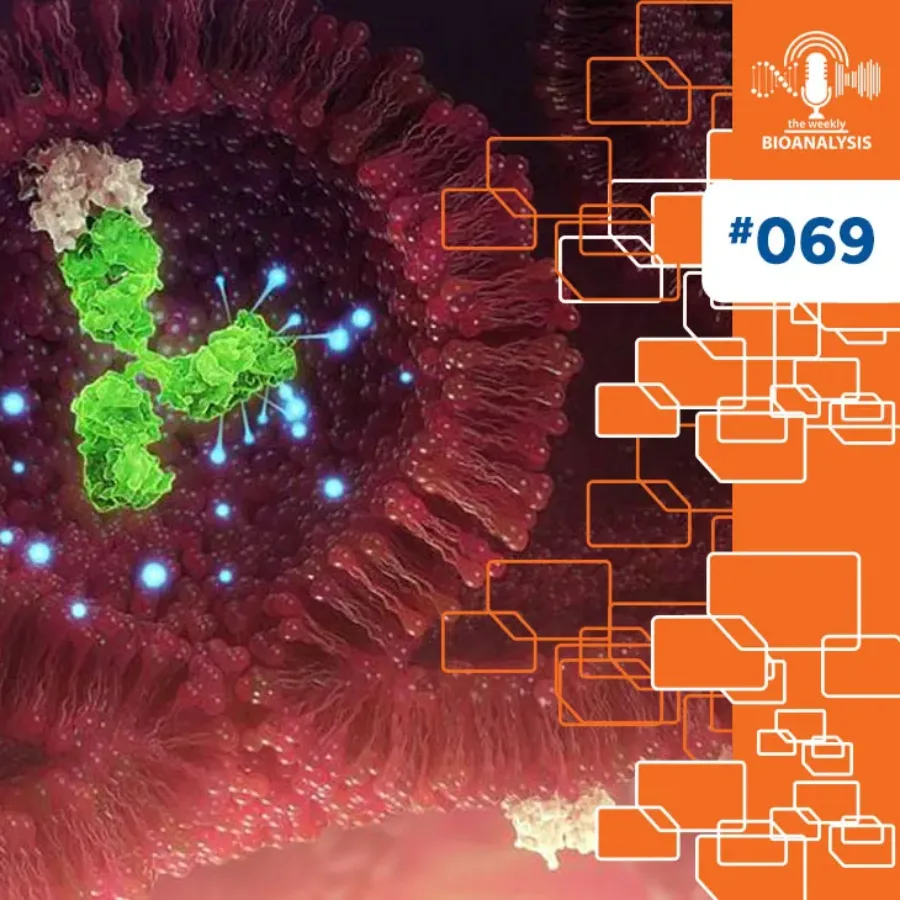 Podcasts
Podcasts
Starting with a description of Antibody Drug Conjugates (or ADCs, for short), Dom and John dive into this field of the industry and discuss the ways these services have changed over time and even how they’ve changed recently. They review the role of ADCs in meeting some of…
 Blogs
Blogs
Immunophenotyping has undergone a seismic change in less than two decades as panel sizes have increased in complexity from <10 to >40 colors. Let’s explore how immunophenotyping is transforming the field and how KCAS Bio is at the forefront of this…
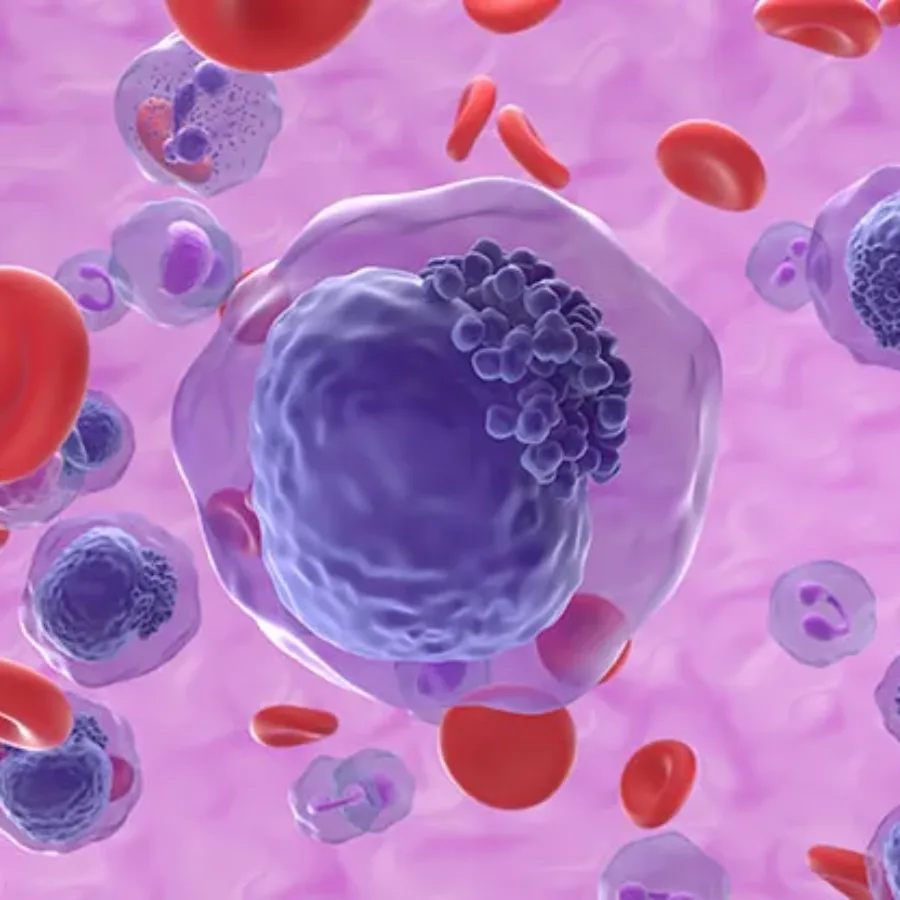 Blogs
Blogs
Anyone who starts an investigation of acute myeloid leukemia (AML) soon finds out the complexity of this disease. Although daunting initially, it soon becomes apparent the need for complex classifications for AML subtypes and different mechanisms for formation. AML forms from a wide variety of DNA mutations leading to numerous phenotypic changes in the blood makeup. Early on there were the French-American-British classifications in the 1970s (FAB) but in present day, AML type is being broken down to genetic markers. For the most part, this is due to the advancement of scientific-technical capability. Conversely, being able to clearly define AML by mechanistic function, allows for clinicians to state, with some certainty, treatment and survival options for their patients.
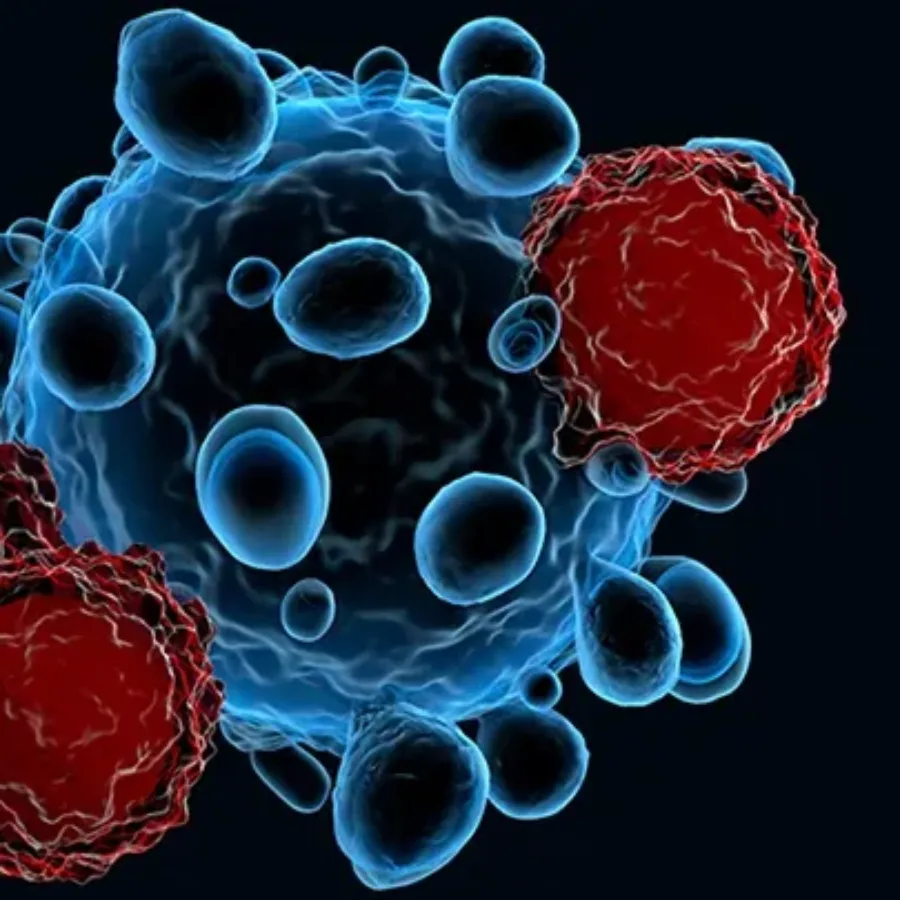 Blogs
Blogs
T cells are well known for their roles in combating cancer and infection, but chronic exposure to antigens and inflammation can cause T cells to enter a state of “exhaustion[1].” Exhausted T cells lose critical effector functions including cytokine production, the ability to proliferate and memory T cell differentiation is also compromised. Exhausted T cells also express inhibitory receptors and become unresponsive to IL-7 and/or IL-15-driven self-renewal. This progression toward T cell exhaustion results in diminished control of chronic infection or cancer. Exhaustion can occur in both CD4+ and CD8+ T cell populations and the phenotypes of these subsets is somewhat heterogeneous. Nonetheless, T cell exhaustion is reversible and various immuno-oncology interventions have been examined or are currently being evaluated in order to improve outcomes in cancer and chronic infection[2].
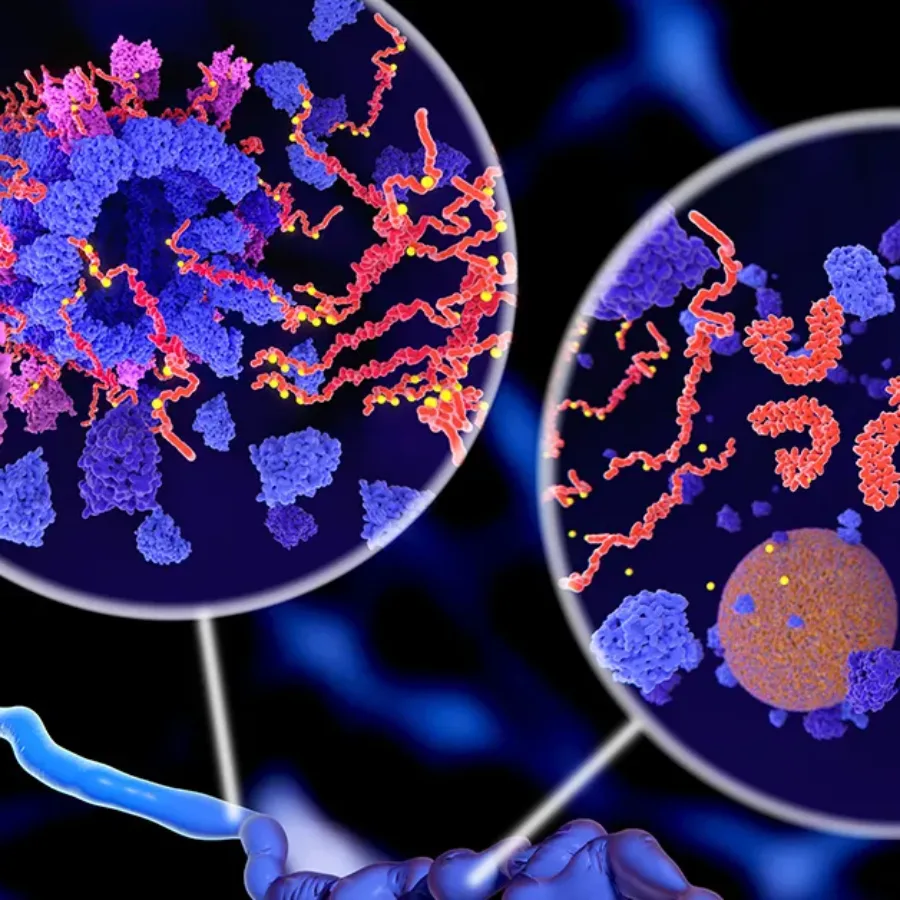 Blogs
Blogs
Phosphoflow cytometry assays are becoming a valuable tool for researchers developing immuno-oncology applications because data from these assays can provide critical mechanistic insights. Phosphoflow assays measure phosphorylated proteins in cells, which is a critical readout for cell signaling responses. Check out these five facts about phosphoflow cytometry and consider adding this tool to your cytometry toolbox.
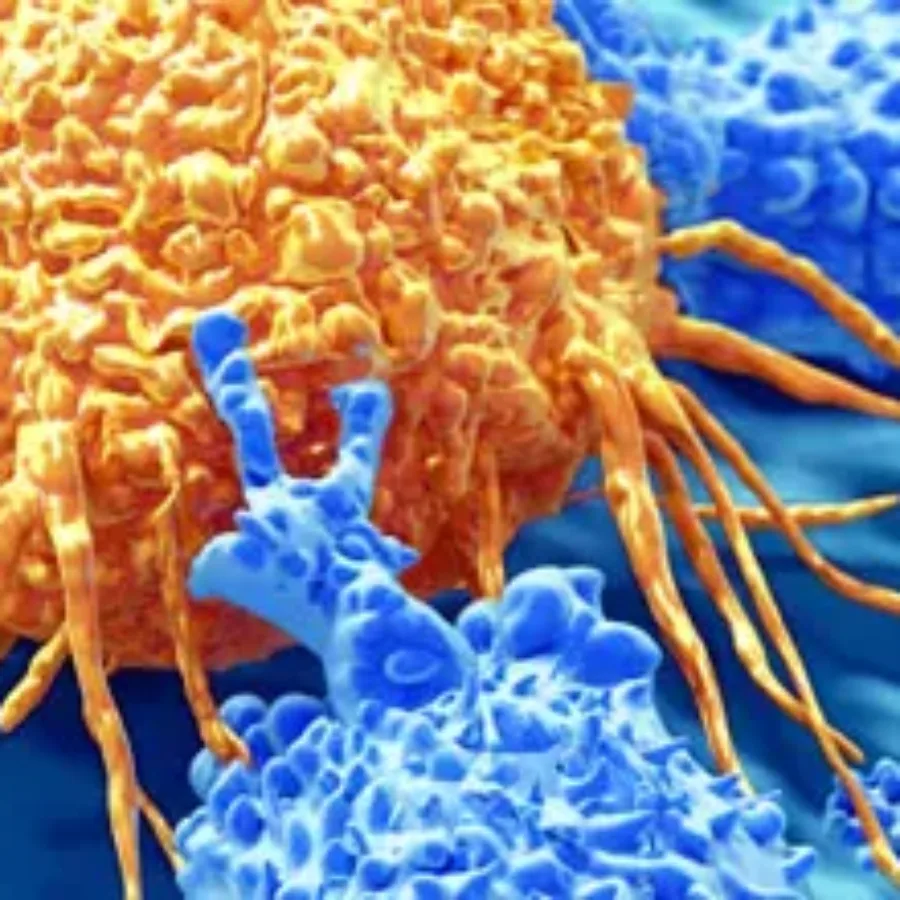 Blogs
Blogs
Immuno-oncology is a growing field. The goal is to augment the patient’s immune system to attack the cancer cells. The current lines of treatment for cancer are radiation, chemotherapy, and surgical resection. If these treatments do not work, physicians can seek alternative treatments, such as immune-oncology therapeutics. Two emerging immune-oncology…